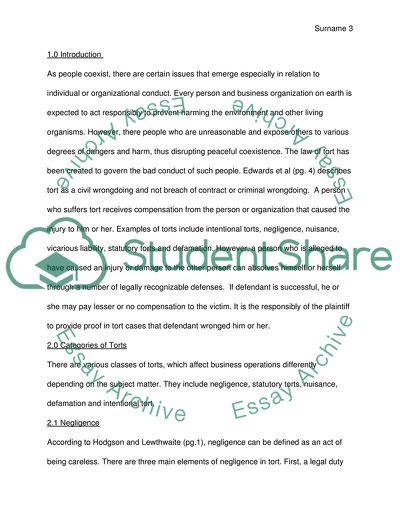Cite this document
(“Law of Tort Term Paper Example | Topics and Well Written Essays - 1500 words”, n.d.)
Retrieved from https://studentshare.org/law/1568690-law-of-tort
Retrieved from https://studentshare.org/law/1568690-law-of-tort
(Law of Tort Term Paper Example | Topics and Well Written Essays - 1500 Words)
https://studentshare.org/law/1568690-law-of-tort.
https://studentshare.org/law/1568690-law-of-tort.
“Law of Tort Term Paper Example | Topics and Well Written Essays - 1500 Words”, n.d. https://studentshare.org/law/1568690-law-of-tort.


